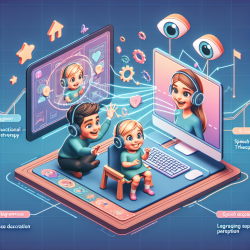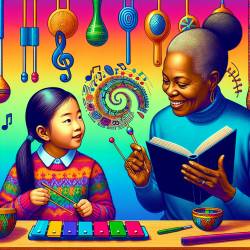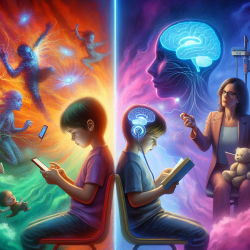As practitioners dedicated to improving outcomes for children, staying informed about the latest research can significantly enhance our therapeutic approaches. One such insightful study is "Baby schema in human and animal faces induces cuteness perception and gaze allocation in children" by Borgi et al. (2014). This research sheds light on how the "baby schema"—a set of infantile facial features—affects children's perception of cuteness and their gaze patterns.
Key Findings of the Research
The study utilized eye-tracking technology to observe the responses of children aged 3-6 to images of humans, dogs, and cats with varying degrees of baby schema. Key findings include:
- Increased Attention to Infantile Features: Children showed a marked preference for faces with pronounced baby schema traits, such as large eyes, a round face, and a high forehead. This was consistent across human and animal faces.
- Gaze Allocation: The eye-tracking data revealed that children spent more time looking at the eyes of faces with higher baby schema content. This suggests that infantile facial features capture and hold children's attention more effectively.
- Cuteness Ratings: Both children and adults rated faces with more pronounced baby schema traits as cuter. However, children did not significantly differentiate between the cuteness of young and adult faces, unlike adults who rated young faces as cuter.
Practical Applications for Online Therapy
Understanding these findings can help us tailor our online therapy sessions to better engage children. Here are some practical applications:
- Use of Visual Stimuli: Incorporate images and animations featuring faces with high baby schema traits to capture children's attention and maintain their engagement during therapy sessions.
- Interactive Activities: Design interactive activities that involve identifying and describing facial features, which can help improve children's observational skills and language development.
- Therapeutic Interventions: Utilize animal-assisted interventions, leveraging children's natural attraction to animals with infantile features to create a more engaging and comforting therapeutic environment.
Encouraging Further Research
While the study provides valuable insights, it also highlights the need for further research. Practitioners are encouraged to explore how these findings can be integrated into various therapeutic settings and to consider conducting their own studies to build on this knowledge.
To read the original research paper, please follow this link: Baby schema in human and animal faces induces cuteness perception and gaze allocation in children.










